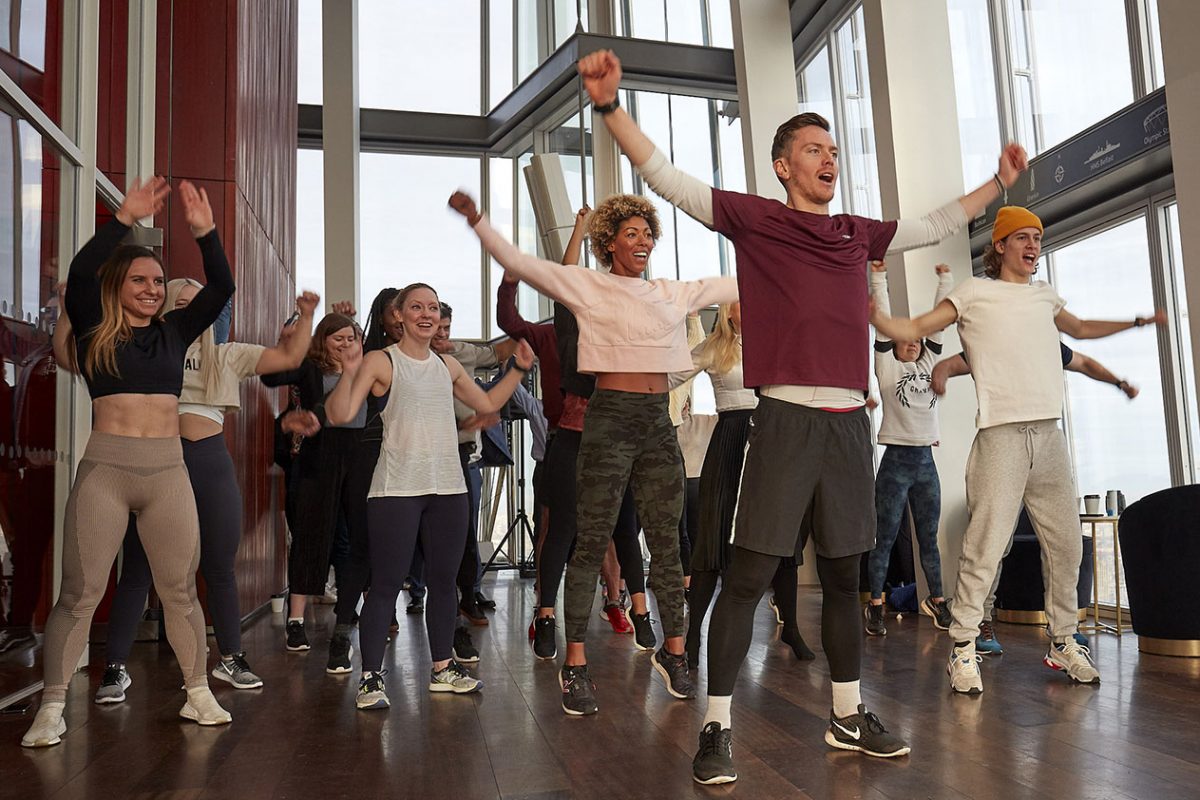We have had some pretty remarkable weather during lockdown, haven’t we? With British Summer holidays being the theme of 2020, how does relentless pain in your joints and muscles impact upon your plans for enjoying the great outdoors here in the UK? My patients find that wellbeing can be hard to come by when they are in pain, but I have found that simple changes in their daily habits can make a big difference between being able to enjoy the sunshine and feeling stuck in a rut.
Healthy Foods to Enjoy in the Sunshine
It is tempting to reach for the cold beer and ice‐cream, but study data shows healthy foods can really help improve the pain of inflamed joints. Having the right building blocks for a healthy body is a wonderful way to feel empowered to greater health. Getting creative with salads, berries and all the bounty of nature will give you the perfect ingredients for reducing the risk of diabetes, heart disease and of course, arthritis. Foods rich in polyphenols, vitamins and minerals are the perfect choice to make you feel good this Summer. Why not create a delicious berry and balsamic compote to have on top of a vibrant Summer Salad for a twist on the usual oil and vinegar? Or perhaps a delicious Summer Smoothie to pack in your greens? You can even make your own lollipops – all you need is a mould, some fruits and a little coconut milk. Blend and pour for a delicious cooling snack.
Plant powered solution
If you suffer from persistent pain, you may find that natural plant solutions can help you to minimise discomfort, without the risk of side effects and drug interactions of the commonly prescribed anti‐inflammatory pain relievers we so often rely upon.
Get Moving and Get Outside
Exercise is so important for healthy joints – but it is often the last thing we feel like doing when we are in pain. Rest assured, exercise will reduce joint pain, and help combat fatigue. How? Well, exercise can strengthen the muscles around your joints and even help you maintain bone strength. As well as healthy eating, movement is important to help you maintain a healthy weight and get a good night’s sleep too. Your balance will worsen if you stay inactive over time, which increases risk of falls long term.
How to Move Safely with joint pain
Keep the impact low to start with; exercise bikes, elliptical trainers and swimming can all help get you started by reducing the initial impact on your joints. Temperature Tips: Heat treatments like a warm towel or a shower can improve blood flow before you begin and applying ice for 20 minutes or so following exercise can help ‐especially if you experience a flare up. Go slow: exercise with slow and easy movements. If you feel pain, take a break. Sharp pain and pain that is stronger than your usual joint pain might indicate something is wrong. Slow down if you notice swelling or redness in your joints.
Where Focus Goes, Energy Flows
Feeling stressed, depressed, and overwhelmed by arthritis pain is natural, but may actually make your pain feel worse and inhibit you from doing what you need to, like exercising and eating well. One of the things my patients have found useful is taking some time to write a journal, expressing not only their thoughts and feelings, but actively noticing what they feel grateful for too. Studies have shown this can lower stress levels and boost mood, which has an important impact on the pain.

